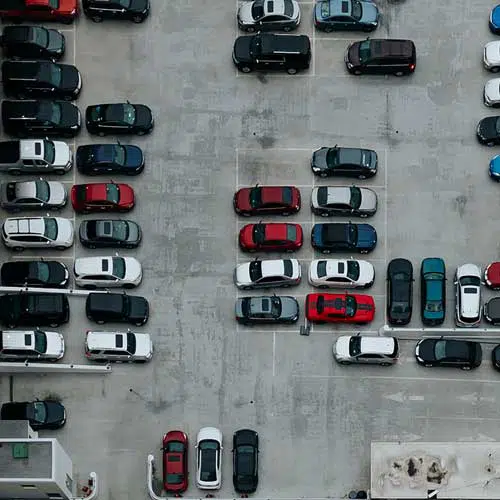Passport Labs Inc., a provider of transportation software, is teaming with Alphabet Inc.’s Google to allow consumers in Austin, Texas, to pay for parking through Google Maps using Google Pay at on-street and municipally controlled parking spaces.
Drivers using Google Maps on their iPhone or Android phone to navigate to a destination can call up Google Pay through Google Maps to pay as they approach a parking lot. Google Pay is integrated into Google Maps, meaning consumers do not need to download an additional app to make use of the service. In addition, drivers can initiate a payment by calling up pay.google.com/parking to pay from their smart phone’s Web browser.
The service is expected to be widely available for all municipal spaces across the city in the near term, says Passport.
Austin city officials expect the new service, which began rolling out Wednesday across the city, will increase consumer convenience by making it easier to pay for parking and reduce consumer contact with parking terminals in the midst of the Covid-19 pandemic.

“By providing people the ability to use applications they already have on their devices to pay for parking, people can get to the places they care about faster,” says Gina Fiandaca, assistant city manager for Austin. “This effort improves convenience while also reducing the need to physically touch parking meters or ticketing machines in light of the current global pandemic.”
Parking is one segment of unattended retail where mobile payments are predicted to play a major role. Parking payments in the U.S. total $35 billion, of which $26 billion is captured by parking lots and $9 billion by street meters, according to Arrive Inc. a provider of mobile-based solutions for the parking industry.
While parking lots have accepted cards for more than a decade through unattended kiosks in the lot or card readers at the gate, the advantage of mobile payments is increased convenience, observers argue. With a mobile wallet, consumers can pay without leaving their car or rolling down the car’s window, saving time because they no longer have to fumble with a card or call up a bar code or QR code from a parking app and scan it as they enter the lot.





